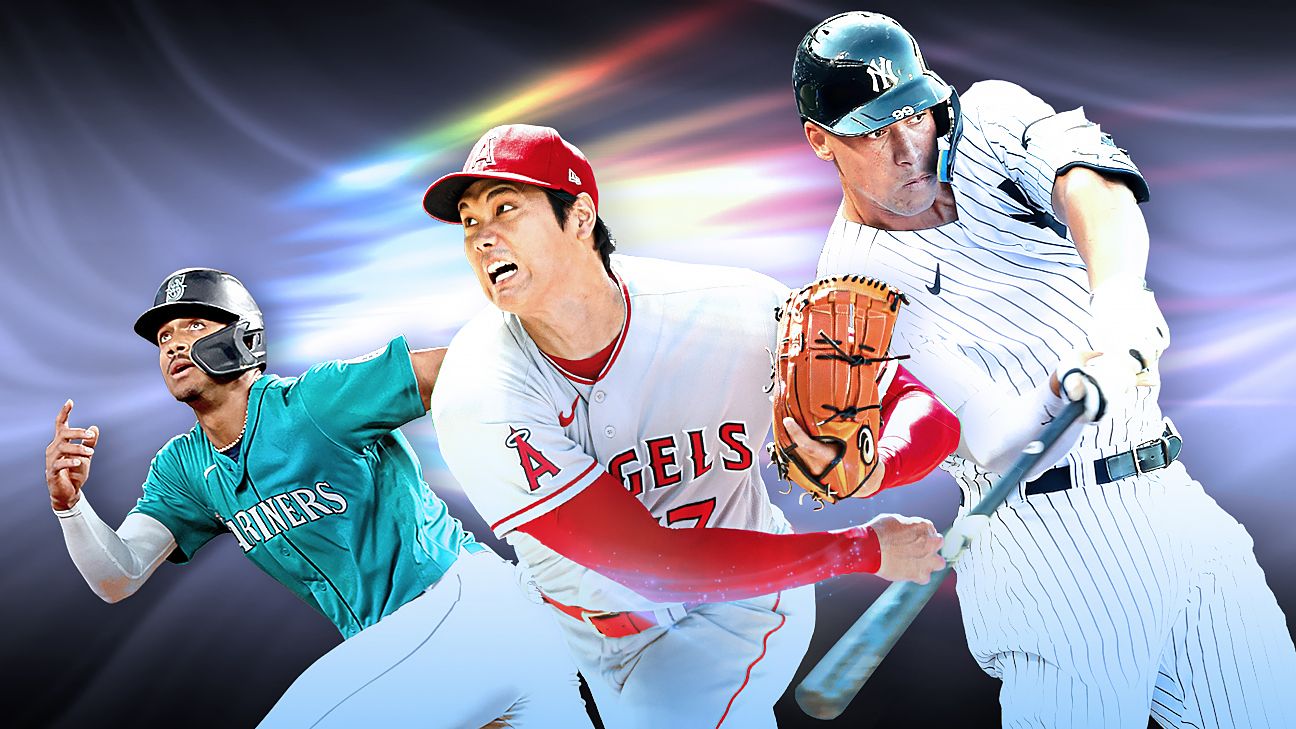Autonomous rideshare rivals Waymo and Cruise have both reportedly applied for permits to charge passengers for self-driving rides in the San Francisco Bay area. Some of the applications are still under review, but it could be a major step toward autonomous rideshare vehicles operating as commonplace soon.
June 7 update: As of June 4, Cruise has been authorized by the CPUC to provide driverless autonomous vehicle passenger service in test vehicles. According to the CPUC press release:
Cruise is the first entrant into the CPUC’s Driverless Pilot program, in which passengers can ride in a test vehicle that operates without a driver in the vehicle. Cruise may not charge passengers for any rides in test AVs.
It now appears Cruise has a jump on Waymo, at least in cutting through the red tape with permits, but it’s still waiting for its driverless deployment permit from the DMV. Waymo has received a permit from the CPUC, but is currently authorized for driving permits only, not driverless like Cruise.
Waymo was launched in 2009 by Google’s parent company Alphabet, Inc., as a self-driving car project. In 2016, the Google project was officially renamed Waymo, derived from “a new way forward in mobility.” Since then, Waymo has tested its various self-driving vehicles in several states. Furthermore, it has been charging driverless rides for people in Chandler, Arizona, since 2019, apart from a slight halt during the COVID-19 pandemic.
Cruise is a younger company founded in 2013 in San Francisco. In 2016, General Motors (GM) purchased Cruise, focusing on making the automaker’s Bolt EV fully autonomous, backed by $14 million in funding. While both Waymo and Cruise have operated their respective autonomous vehicles in San Francisco, these rides have remained on a testing basis only up to this point.
Waymo and Cruise apply for DMV permits in CA
According to a report from Reuters, state documents in California reveal that both Waymo and Cruise have applied for permits to begin charging for autonomous rideshare services in San Francisco. Waymo applied for said permits on January 19 of this year, while Cruise followed suit on March 29. According to the report, the California DMV is still reviewing these applications and has not offered a timeline of when they will offer a decision.
In its application, Waymo stated it has logged over 83,000 autonomous miles in the San Francisco area, although its total autonomous miles are much higher. Since Cruise is headquartered in SF and has stayed focused on that geographical area since its inception, its permit application claims 2 million logged autonomous miles in San Fran alone.
![Waymo and Cruise hope to charge for autonomous rides in California [update] Waymo Cruise](https://electrek.co/wp-content/uploads/sites/3/2021/05/Waymo-Vehicle-Lineup.jpg?quality=82&strip=all&w=1000)
Waymo told Reuters that approval of the permit in California would allow the company to begin operating paid rides in autonomous vehicles, although there will be a driver behind the wheel, at least to begin. Waymo also said it might even switch off autonomous mode within its Chrysler Pacifica or Jaguar I-Pace models driving in especially tricky areas, such as freeway ramps and construction zones. This could also apply to less than ideal driving conditions, such as heavy rain and wet roads.
Cruise also stated it could possibly limit its self-driving deployment to more specific routes focused on operating in “non-inclement weather conditions.” The documents also show that Cruise initially plans to operate during the late evening to early morning hours, at speeds up to 30 mph. Waymo, on the other hand, stated plans to operate around the clock with speeds up to 65 mph.
![Waymo and Cruise hope to charge for autonomous rides in California [update] Voyager Cruise self-driving](https://electrek.co/wp-content/uploads/sites/3/2021/03/GM-Cruise-Origin.jpg?quality=82&strip=all&w=1000)
DMV approval is just the start
While permit approval from the California DMV will be crucial to both Waymo and Cruise in deploying paid autonomous rides, there’s another step after that. Both companies will then be required to apply for a permit from the California Public Utilities Commission (CPUC) before either can begin charging passengers.
At this point, neither tech company has revealed when they intend to launch these rideshare services. A lot will depend on if and when they are approved by the DMV and how quickly they can get that additional permit from the CPUC.
While both Waymo and Cruise offer the same service using similar technology, both have shared very different deployment plans. Contrary to the previous statement of Waymo beginning with drivers behind the wheel, Cruise has stated it is expecting to deploy its vehicles sans humans driver. That could be a big reason behind its decision to operate at non-peak hours at a much slower pace than Waymo.
Check back with our autonomous driving guide for the latest news surrounding these permit applications, as well as self-driving updates from all the automakers.
Electrek’s Take
Regardless of when it actually happens, the reality is that autonomous rideshare implementation is inevitable. We’re also likely to see this tech roll out from companies like Waymo and Cruise before consumer EVs, too. This is based on the strategy of shorter rides at lower speeds that can even be controlled through geofencing. Having major backing from companies like Google, GM, and Honda certainly helps the cause.
The decision to begin with drivers behind the wheel as a safety net feels like a smart move for Waymo, especially as it has much more ambitious plans for an initial rollout than Cruise, pending permits, of course. At the same time, Cruise is taking its own unique approach by skipping the driver altogether and operating at times and in areas with less risk — perhaps a smaller sample size of data but potentially more explicit without driver interference.
Both strategies could prove effective if approved, but they are not alone. Startup Nuro already has the DMV permit from California and is working on autonomous food delivery. So there’s certainly optimism that these companies could see DMV approval, helping the technology lay another paver closer toward cities flush with robotaxis. Driverless burrito delivery sounds pretty cool.
Subscribe to Electrek on YouTube for exclusive videos and subscribe to the podcast.






















